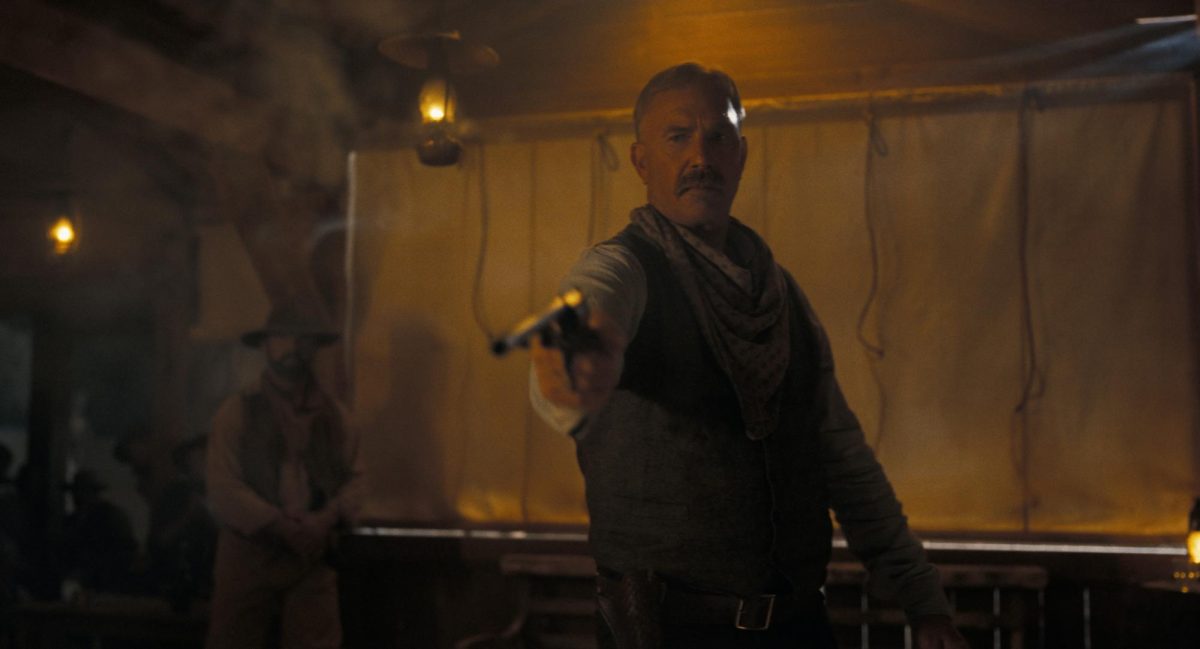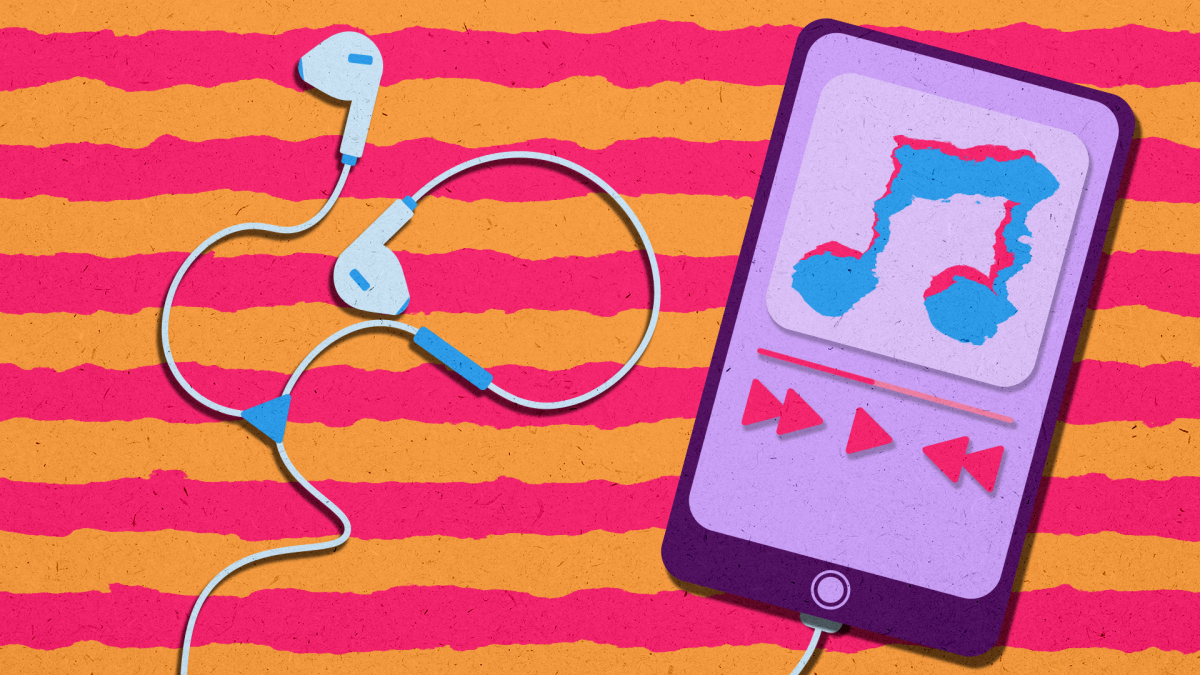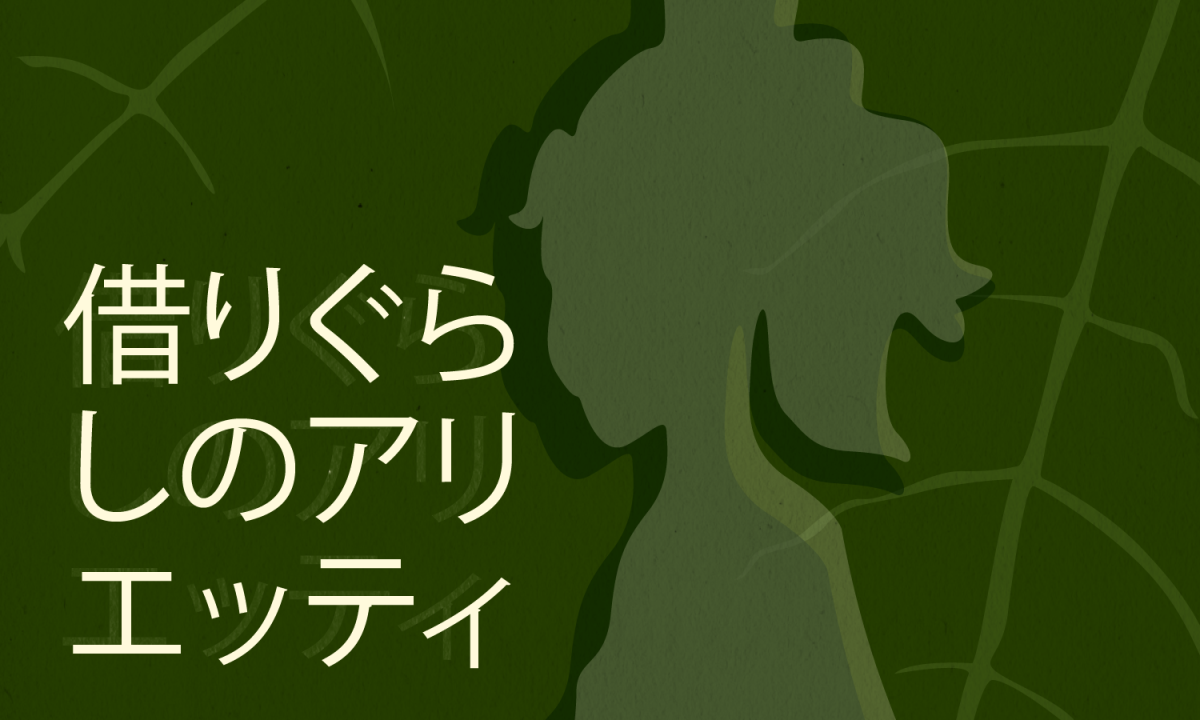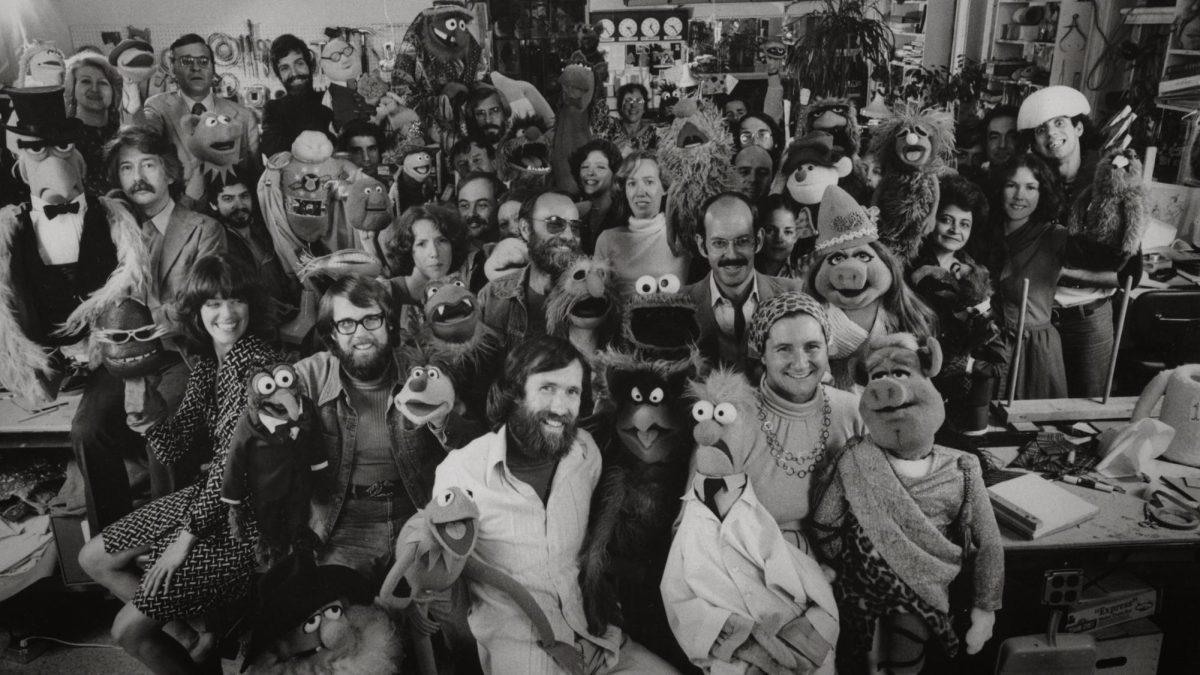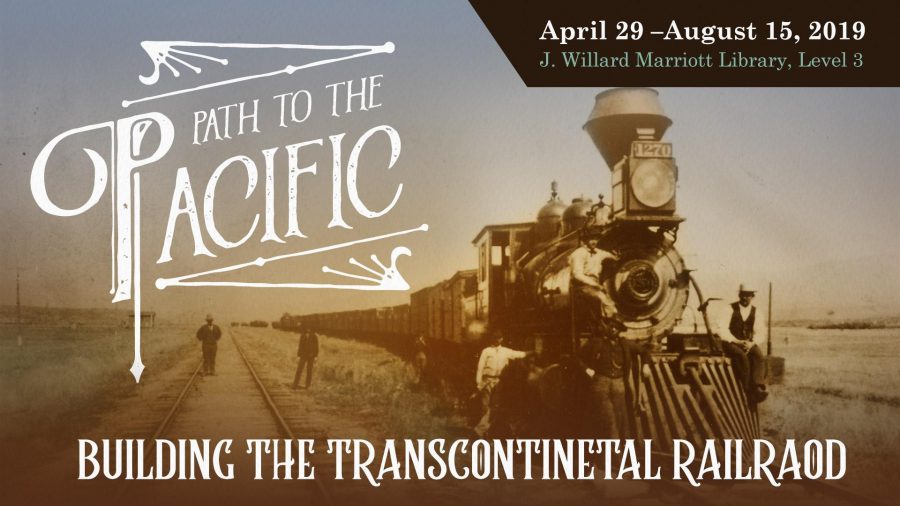May 10 marked the 150th Anniversary commemorating the driving of the last spike, known as the Golden Spike, of the Transcontinental Railroad which connected the Pacific to the Eastern railways. State and Nationwide organizations celebrated the connection of the Pacific to the Eastern railways by displaying and hosting events in order to share, inspire and educate the public on its history. The University of Utah’s Special Collections joined in the remembrance by displaying two walls of replicated graphs, maps, photographs, rare books and original letters among other well-taken care of archived materials in the “Path to the Pacific: Building the Transcontinental Railroad.” The exhibition is free and located on the third floor of the J. Willard Marriott Library until August 15.

Landmarks include Devil’s Canyon, Devil’s Slide, Echo in Weber Canyon and the plains of Wyoming. Photographs depict building and specifics of railroad difficulties such as pulling an engine on a cart to fix a broken down train. There are also enlarged maps and profiles which were used for listing the heights of the mountains.
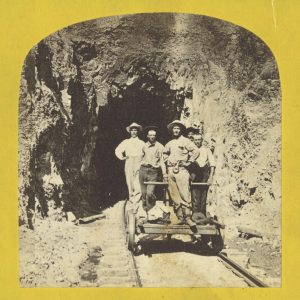
Congress was convinced by Theodore Judah, who was obsessed with the transcontinental idea, and thereby, President Abraham Lincoln passed the Pacific Railroad Act of 1862, even though the Civil War was underway. The Eastern part of the railroad built West from Omaha by the Union Pacific Railroad company as it met the Central Pacific Railroad company coming East from California met at Promontory, Utah (located in a town West of Ogden, named Corinne, now a ghost town) to land the Golden Spike in 1869.
Elbrader is a delightful and very knowledgeable woman excited to share information on rare books, the meanings behind them and the history she delicately displayed in her exhibition. She touched on the story behind some of the letters — a couple, for instance, writing to their loved one about work and Christmas while others sent messages to Brigham Young asking for additional and past due funds as they trenched their way through the icy cold Utah mountains.
These are only a few examples from a collection of Philip T. Blair’s “75 boxes of letters that cover the whole family’s life” of three generations. The collection was donated by the family to the Marriott Library. Other items, such as the books, have been with the library since they were published in 1880.
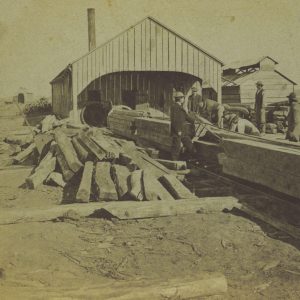
More information on rare books, documents, periodicals, photographs, films and other materials can be found in Special Collections, located on the fourth floor of the library. Though nothing can be loaned out or removed from the room due to their preservation and original work — the staff is more than willing to make replications, as well as allow photography without the use of flash.
The reading room was specially created for those to have an area for observation and research in a controlled environment. Special Collections has also made all their content available online through the Marriott Library’s site.








